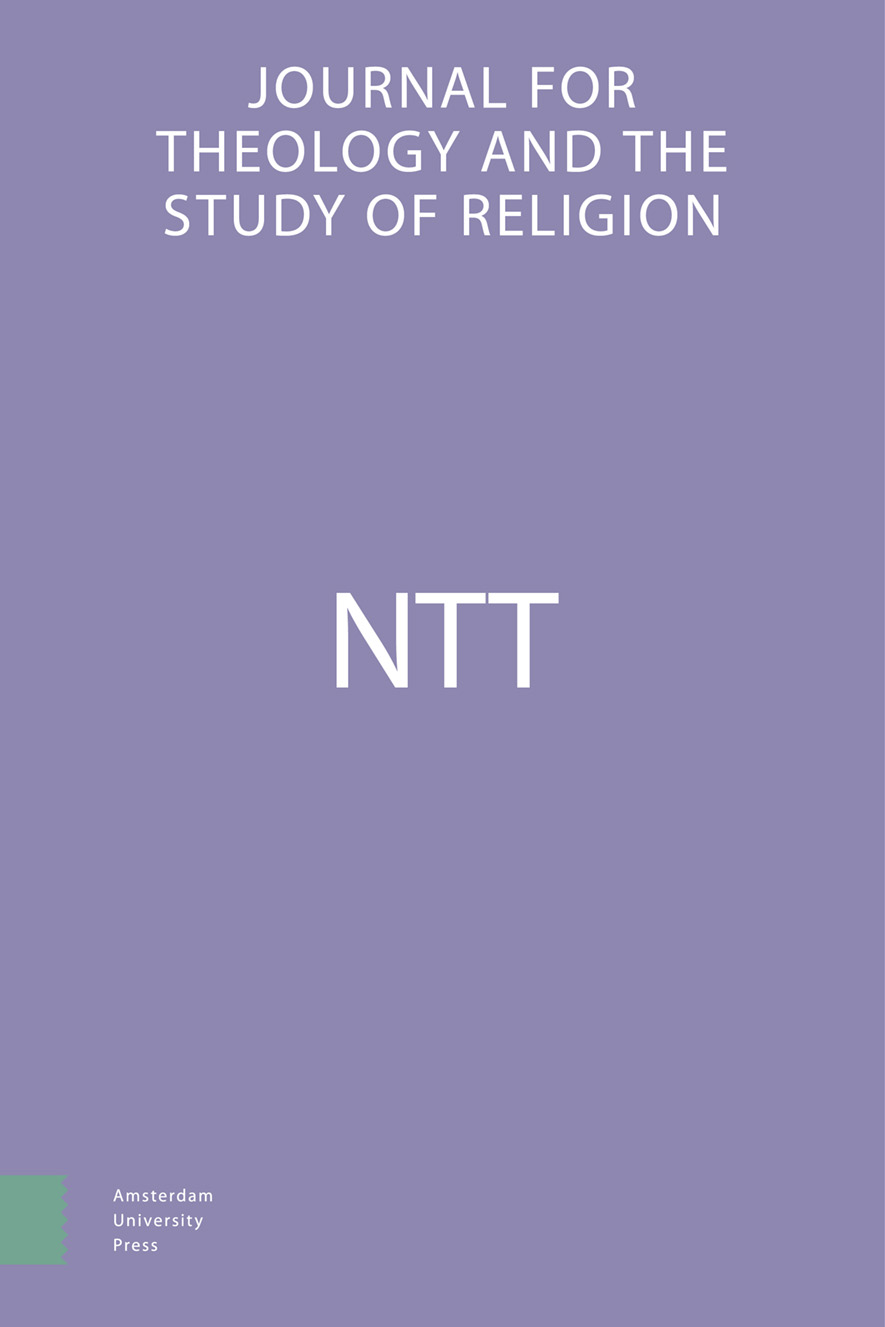-
oa A Female Job: The Narrative about “the Girl Without Hands,” Introducing the Story of Job in The Stories of the Prophets by the Turkish Author Al-Rabghūzī
- Amsterdam University Press
- Source: NTT Journal for Theology and the Study of Religion, Volume 77, Issue 1, Apr 2023, p. 22 - 33
-
- 01 Apr 2023
Abstract
The 14th-century Turkish author al-Rabghūzī complains in the introduction to his collection of The Stories of the Prophets about the many faulty, repetitious, and unsound stories that go around. Surprisingly, he utilizes himself not only Islamic stories, but also folk narratives, which he artfully transforms into a full-fledged Islamic narrative. As an example and as an incentive for further research, this Research Note studies the way al-Rabghūzī transforms the folk story “the girl without hands” into a pious story about the niece of the Biblical Job. Historical and philological research into this highly important collection of stories about Biblical figures has been surprisingly scant. The theological relevance of stories such as these have hardly been assessed at all. Theological interreligious reflection on Islam has mainly been limited to the Qur’ān, although stories such as these contain extensive Islamic theological issues. In our case, it appears that the story about “a female Job” consciously avoids to challenge God’s justice vis-à-vis the human plight, a fact which deserves further theological reflection.


